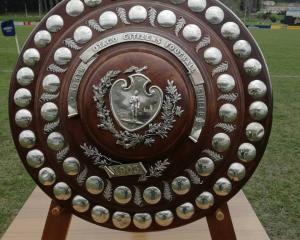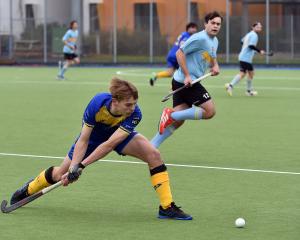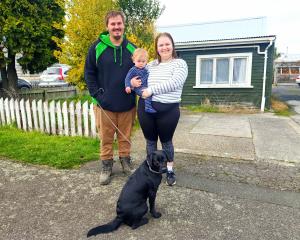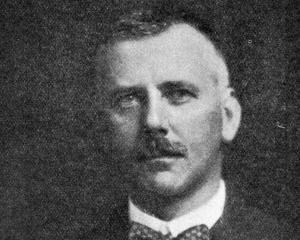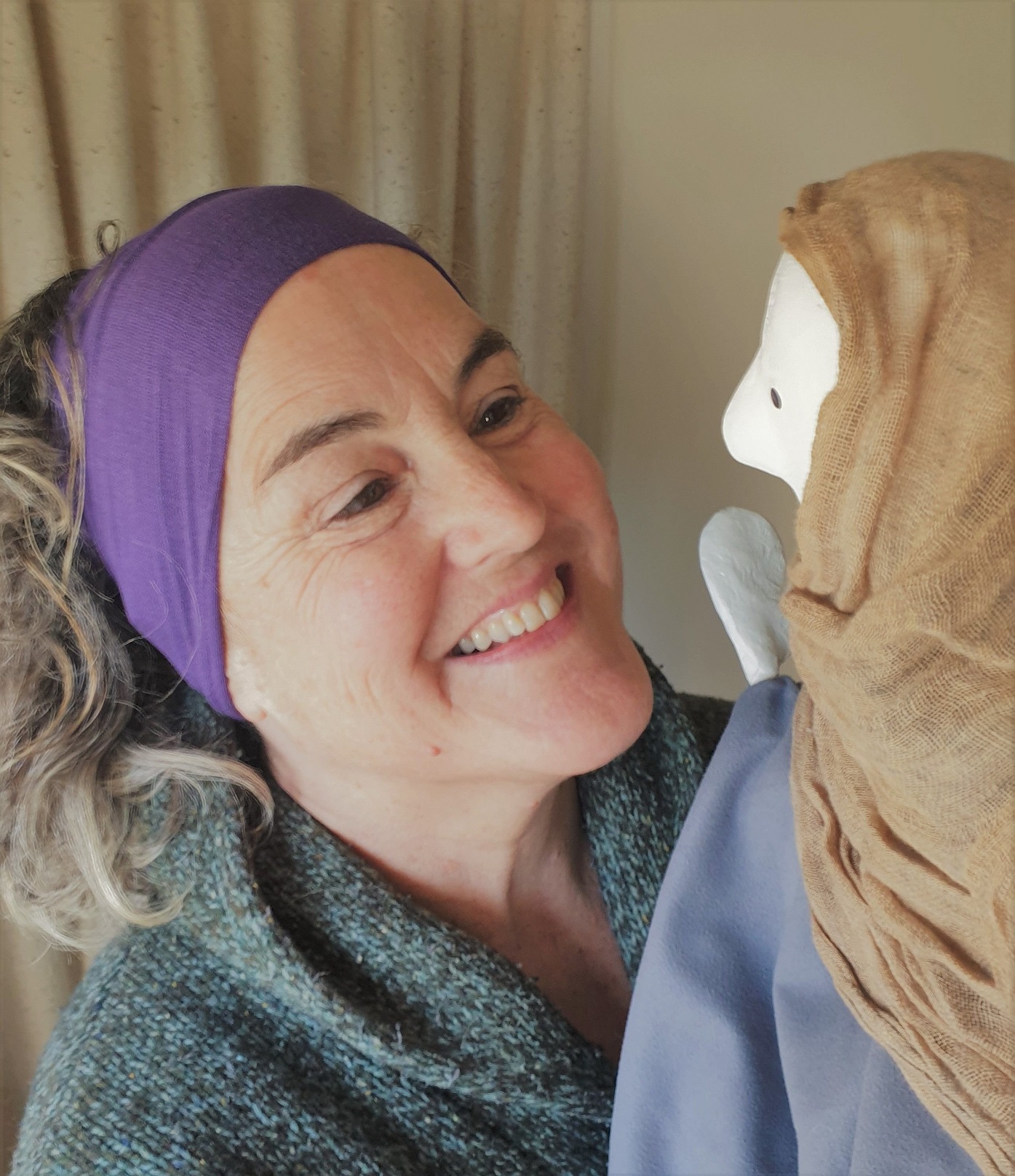
A kitc0hen utensil, bath sponge or papier mache might not have a lot in common but they can all become puppets.
For Bridget Sanders making puppets is what she loves most. While she did not discover puppetry until recently, Sanders, a former librarian, has always been a maker and artist and has a love for theatre.
She even married an actor and performer, Roger Sanders, who specialises in improvisation and physical theatre.
"I was not brave enough to step into performing ... I mainly made the costumes and sets. But Roger’s been a professional storyteller all his life."
When the company her husband worked for, Body in Space, folded seven years ago, they decided to go it alone, forming Birdlife Productions and putting their energy into puppetry.
"The kids had grown up and left home so we decided puppetry was the place we wanted to be in."
For Sanders, who spent her early childhood in Dunedin, puppetry has been a nice "way in" to performing as is children’s theatre. The pair make all the puppets, the sets and write their own stories.
Sanders discovered a real love for making the puppets which come in all sorts of different sizes and are made from whatever is at hand — even paper. Skills learnt during two art degrees also come in handy.
"Roger can make good ones from kitchen utensils but I like a sense of realism."
The main criteria in making one though was to know what they wanted the puppet to do.
"I love using papier mache and cloth. I put modelling clay over the top and then paint the features on and then enclose it with clothes."
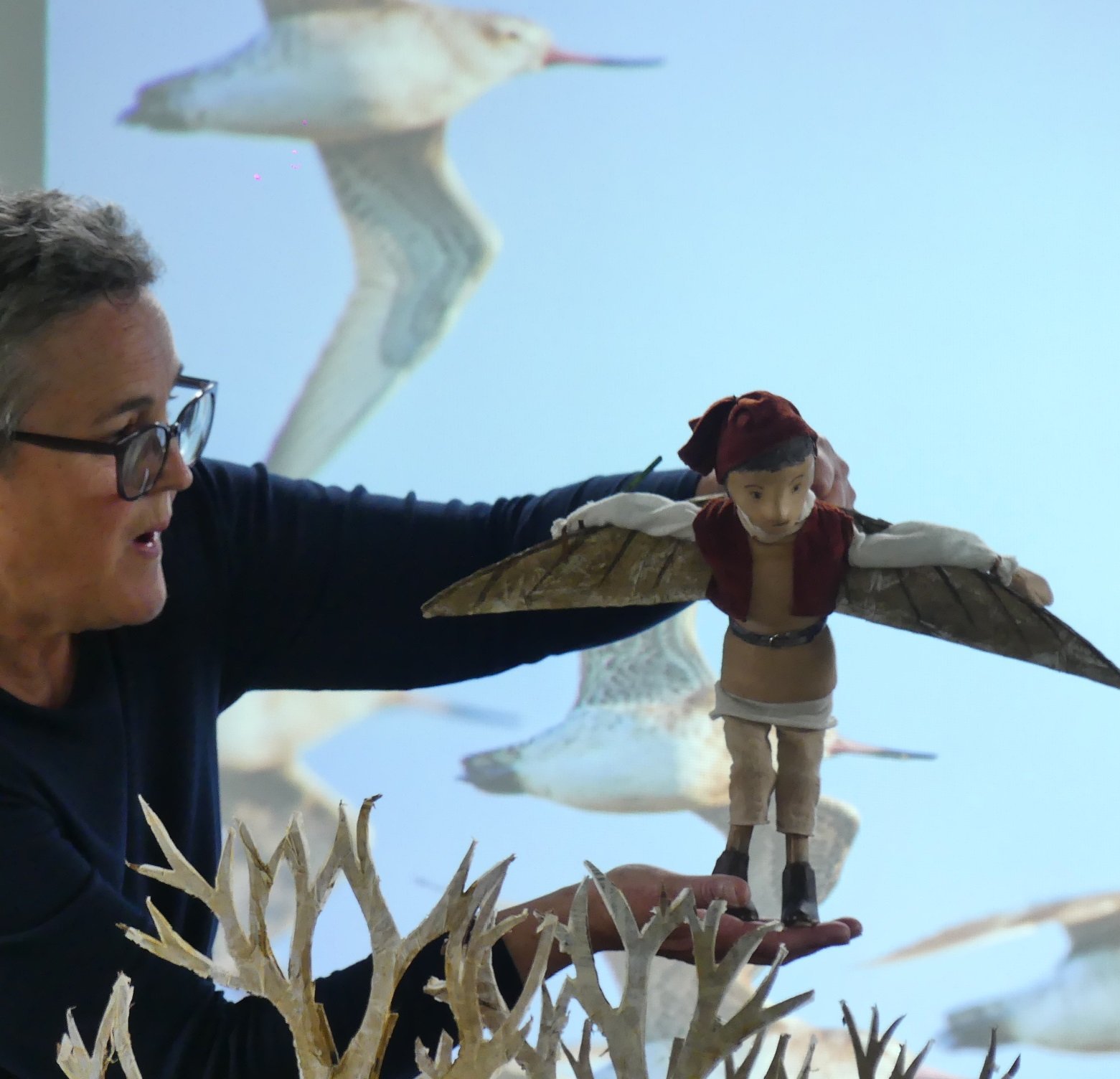
While they started off doing puppet shows for fun they soon decided to give up their part-time jobs and "hit the road" performing in schools and theatres around the country. They have produced Birdlife (2016), Kōkako’s Song (2017), Kōtuku & Moon Child (2018), Box of Birds (2019) and their most recent work The Boy with Wings.
Boy With Wings star Jack had to be a little more sophisticated, as he speaks. A rod puppet, he and the sets took about six months to make.
"We were in lockdown so we didn’t have much to do."
While they had received funding from Creative New Zealand for the show before the pandemic they took the opportunity of the lockdowns to put it together. Their director Dan Allan, a friend and workmate from their decades living in Nelson, Zoomed in from Dunedin where he now lives to give direction.
"Because we make from home, rehearse from home, it was pretty easy."
The Boy with Wings is based on two stories that the Sanders had in mind for shows but were struggling to figure out which one to do until their visiting daughter suggested that at their heart they told the same tale and could be told together.
"We realised in essence each story was the same."
One story is about the miracle of kuaka migration, the way godwits fly to Alaska and back to New Zealand in one year and how scientists are still researching how and why they do it.
"There is a mystery in that, why, and when I think about human endeavour, we make so many plans but what we really want to be doing is following our hearts."
The other story is about a young man called Jack who has a dream that if he goes on this journey he will find this treasure.
"The treasure is to save the trees in the orchard that are dying through lack of rain. The idea is he is going off on this journey and he doesn’t really know where he is going or how he is going to get there but he is following his heart and his intuition to find his treasure."
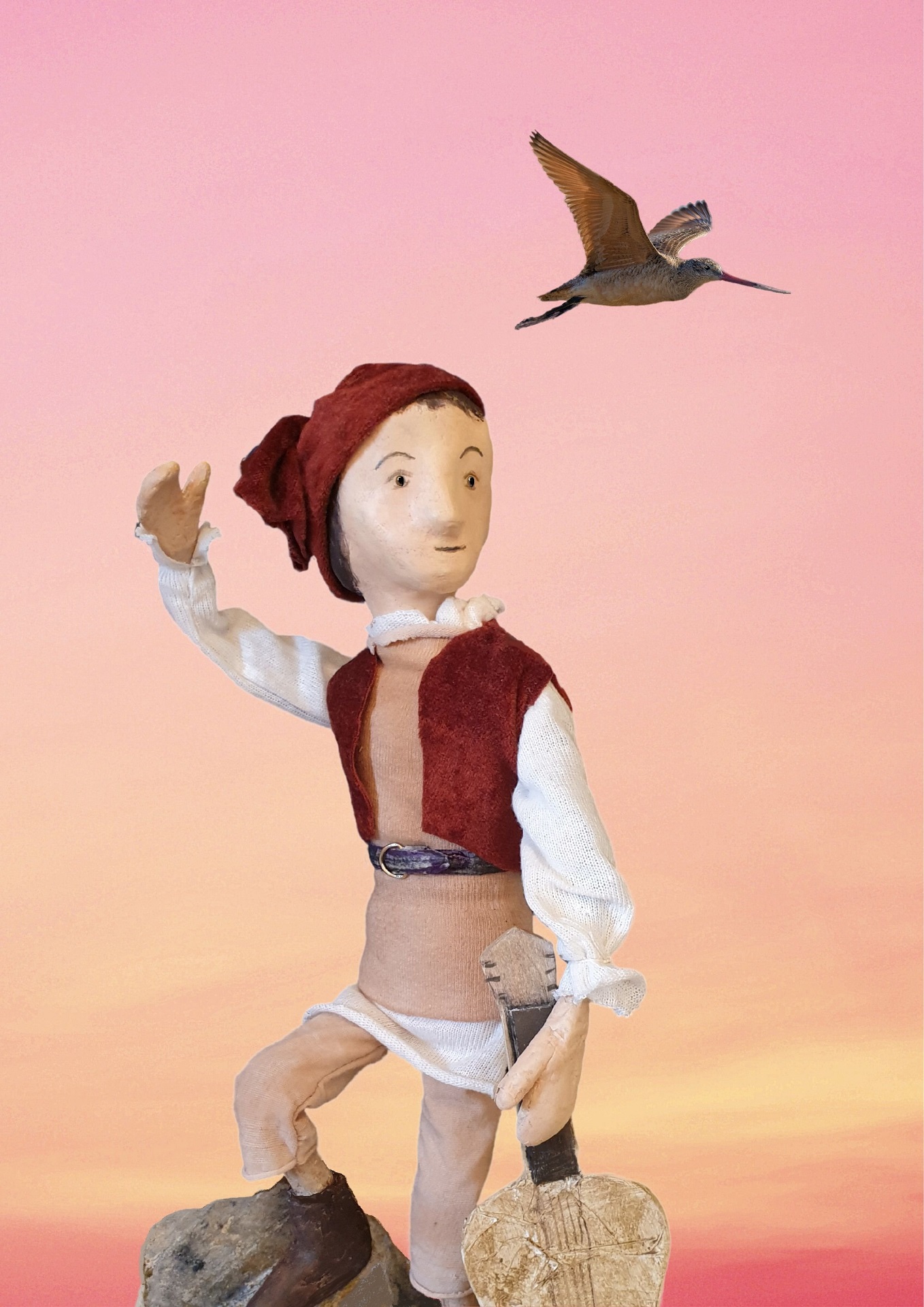
"The two stories intermingle and cross over and meet each other."
Sanders, whose family moved to Britain when she was 10 years old, says children in New Zealand lack access to live theatre, or what is available is too expensive, or parents do not have the culture of taking their children to the theatre. So the piece is designed for 5 to 9-year-olds to relate to.
Puppets are loved by children and seem to give them permission to love them, she says.
"They can say things and do things that a human actor often can’t do. They can fly, they can swim, they can dream, they can do so many things.
"To embody an inanimate object and bring it alive, there is something fascinating about that for children, it is a real drawcard."
They are very aware that it can be the one opportunity to "light up" children’s enthusiasm for theatre so they are careful about the way they structure the work so it takes the children with them using age-appropriate metaphors and imagery.
"It’s quite important. They don’t seem to have any problem understanding it. It’s all designed to keep their attention."
To be able to do that successfully with puppets takes a few different skills.
"It’s very different to acting, where you are the centre of attention and you want everyone’s eyes on you. With a puppeteer you want to be invisible without obviously being invisible."
In the "old days" puppeteers used to cover everything in black — wearing black hats and gloves — but it is not done that way anymore.
"We put all our energy into the puppet and focus all our energy on the puppet so the audience then focuses on where we are focused and it’s a lot to do with the breath and a lot to do with the way we breath into the puppet."
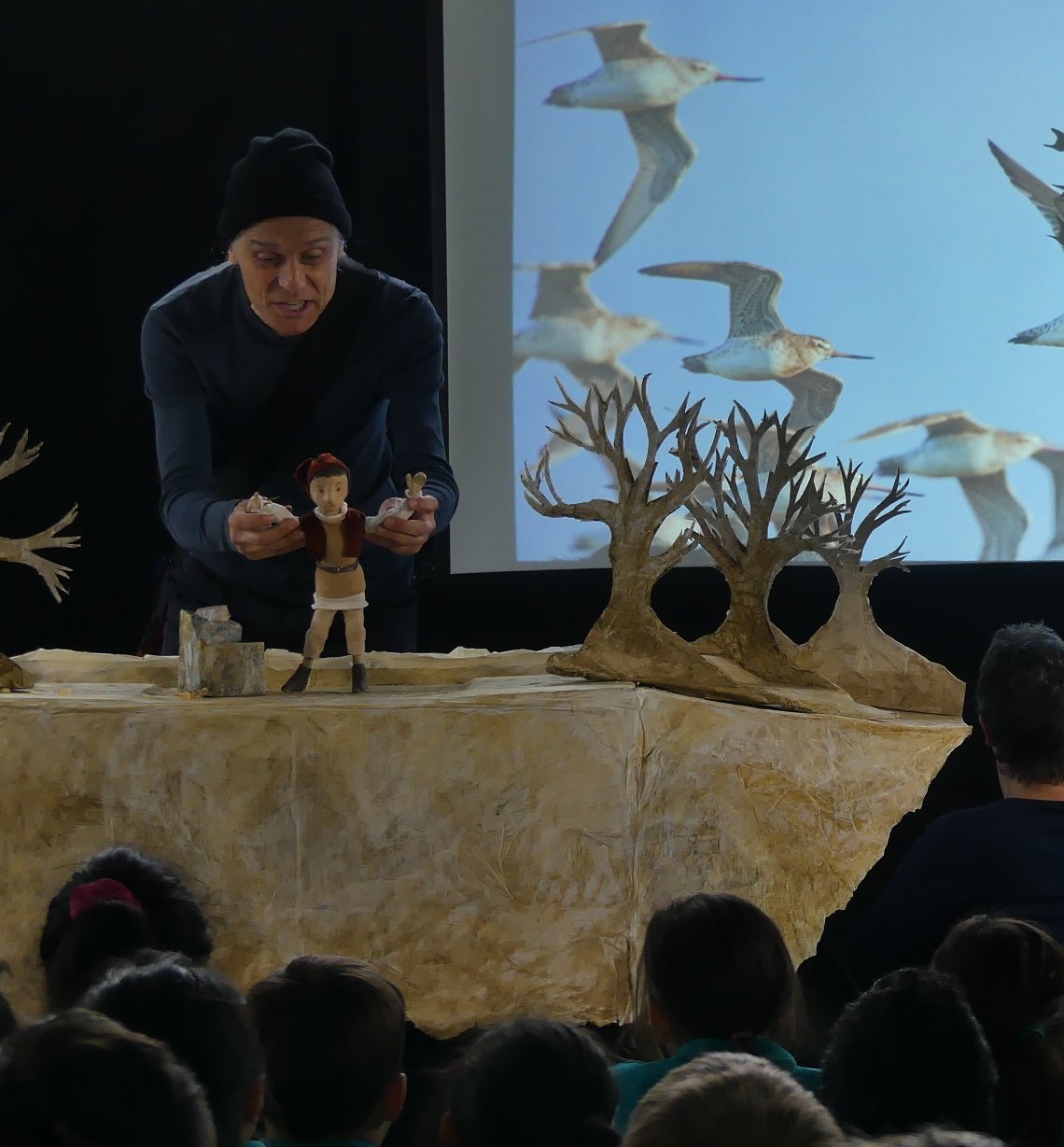
"You have to really slow down. You can’t ever really leave a puppet still unless it’s dead. It has to be breathing always, otherwise no-one will watch it."
Many of the techniques to make the puppets come alive come automatically to Sanders these days.
"I don’t even think about them."
But to get to that point both of them have done training over the years. Sanders spent three months training with J. Bolton at The John Bolton Theatre School in Melbourne in 2019 and has done online courses with puppet companies in the United States and United Kingdom.
Her husband, who is also an after-school drama teacher, has also collaborated with Japanese master puppeteer Akiko Myamoto.
"We’re learning all the time."
There is also a growing community of puppeteers. In Wellington, there is a group of about 10 puppeteers and they are about to set up a branch of an international puppeteer association. There had been one in the 1970s but it disbanded when many of the practitioners moved on.
There is also the PAYPA organisation dedicated to performing arts and young people, which supports children’s theatre.
Arts on Tour has supported their latest tour and by the time they get to Dunedin they will have performed 30 shows around the country over five weeks.
"It’s going to be interesting. It’s fun but you have to take care of yourself, it’s very demanding. Sometimes we have two shows in two different places in one day."
TO SEE
The Boy With Wings, Lake Hawea Community Centre, April 21, 10am; Arrowtown Community Centre, April 21, 4pm; Central Stories Museum, Alexandra, April 22, 10am; Roxburgh Town Hall, April 22, 2.30pm; Whare Taupau — The Rest Room Community Arts Space, Invercargill, April 23, 2pm; Stewart Island Community Centre, April 24, 4pm; The Clarkson Studio — Regent Theatre Dunedin, April 25, 6pm.






